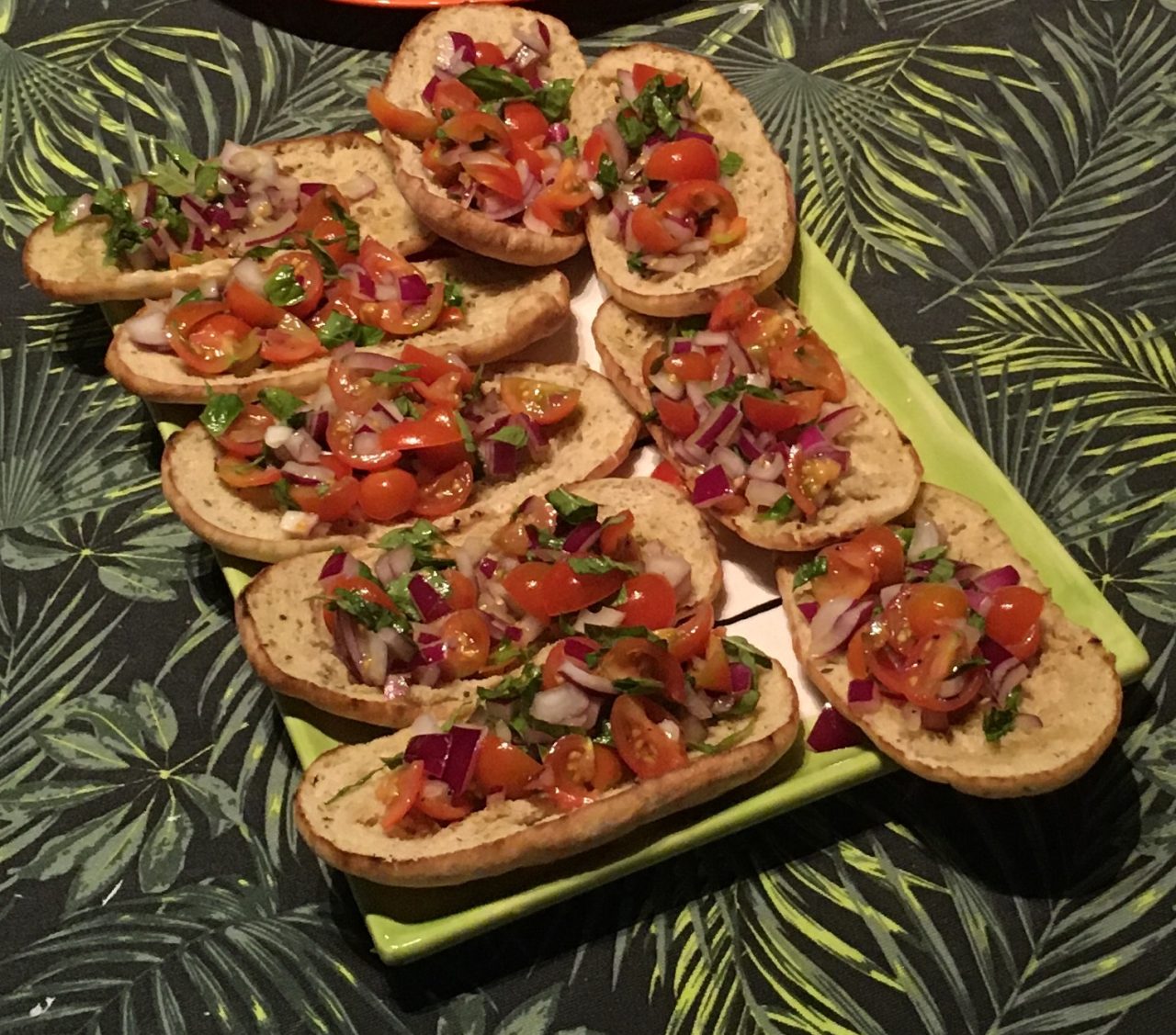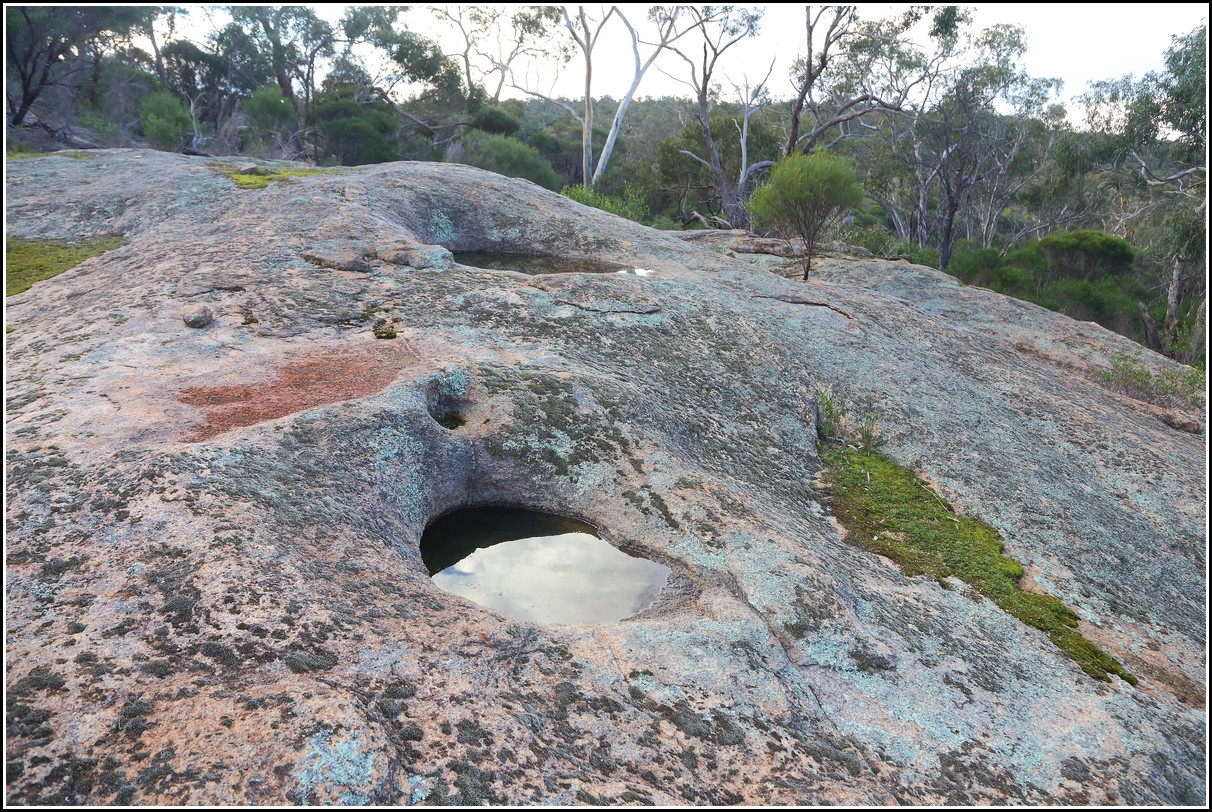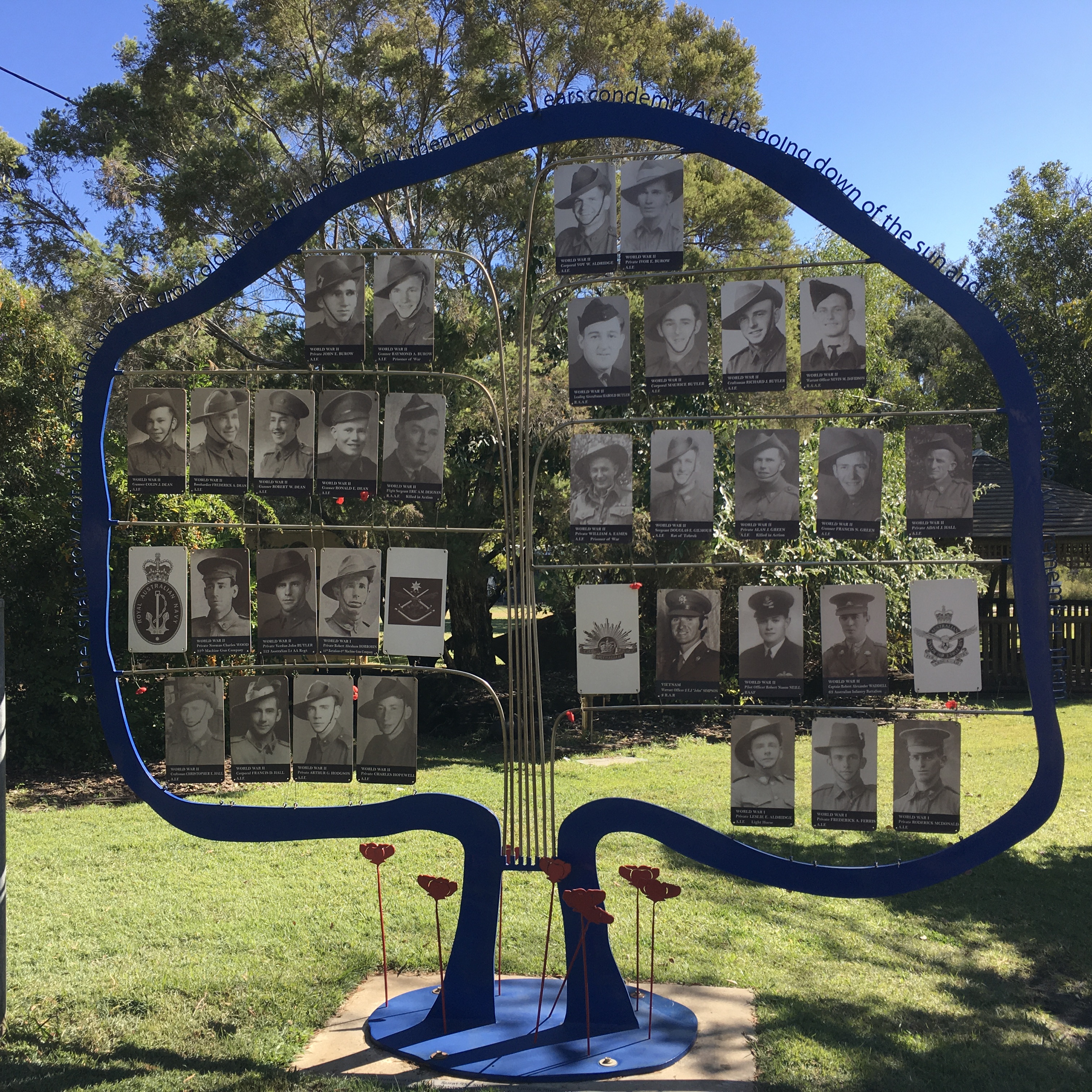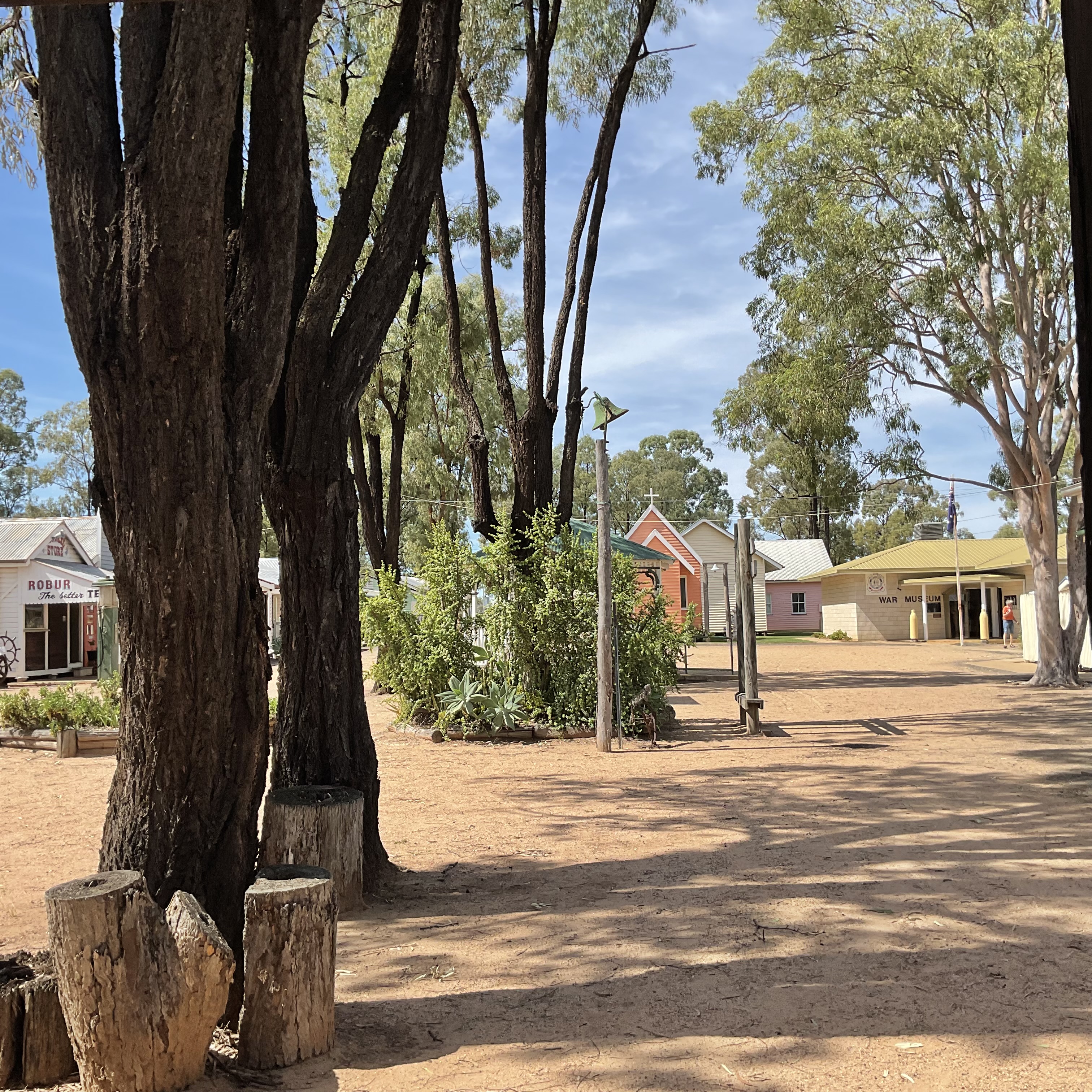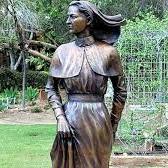Whilst the Americans have Bigfoot or Sasquatch, and the Asiatic countries have the Yeti and Abominable Snowman, Australia has the Yowie.
Though accounts of the Yowie from Europeans only date to the 19th century, stories from Australia’s Indigenous people are believed to go back much further. These tales speak of an enormous beast similar to an ape, earning the creature nicknames like the “hairy man of the wood.”
The Yowie is usually described as a Bipedal, hairy, and ape-like mythical creature standing upright at between 2.1 m (6 ft 11 in) and 3.6 m (12 ft). The Yowie’s feet are described as much larger than a human’s, but alleged Yowie tracks are inconsistent in shape and toe number.
Kilcoy, a small township situated on the D’Aguilar Highway 95 kilometres north west of Brisbane, is known as the Yowie Town with the last reported sighting in the 1970’s.
In 1979 two local Kilcoy boys claimed to witness a three metre tall Yowie and attempted to shoot it. It took off, allegedly leaving behind a sulfurous smell. Plaster casts were supposedly taken of its footprints and the boys became local folklore.

Kilcoy, Qld
Bonus Trivia : The Exchange Hotel in Kilcoy serves THE best wagyu steaks. I mean THE best.

#A-ZChallenge 2024
Australian Trivia
